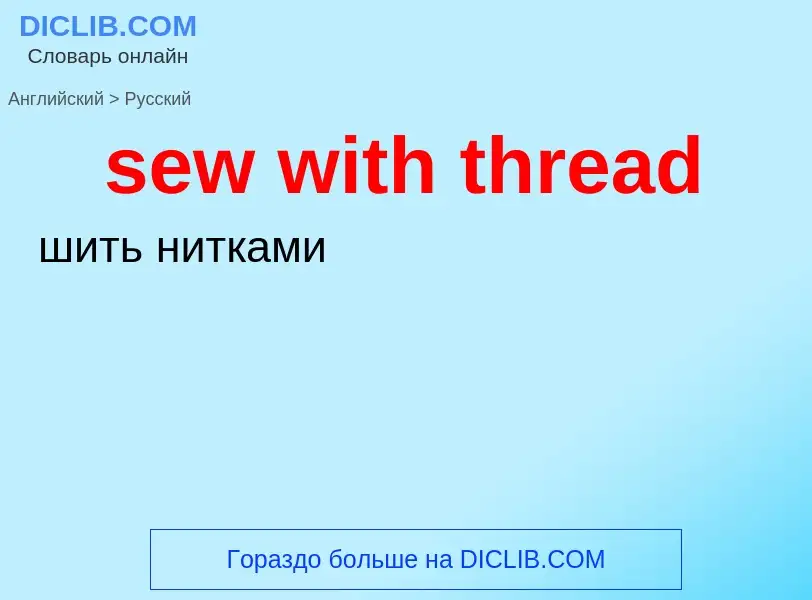Перевод и анализ слов искусственным интеллектом ChatGPT
На этой странице Вы можете получить подробный анализ слова или словосочетания, произведенный с помощью лучшей на сегодняшний день технологии искусственного интеллекта:
- как употребляется слово
- частота употребления
- используется оно чаще в устной или письменной речи
- варианты перевода слова
- примеры употребления (несколько фраз с переводом)
- этимология
sew with thread - перевод на русский
общая лексика
поток исполнения (в NT)
общая лексика
однозаходная резьба
медицина
шаг резьбы
нефтегазовая промышленность
шаг резьбы (в замке или на муфте)
общая лексика
левая резьба
[skru:'θred]
общая лексика
резьба
винтовая резьба
Определение
Википедия
In computer programming, a thread pool is a software design pattern for achieving concurrency of execution in a computer program. Often also called a replicated workers or worker-crew model, a thread pool maintains multiple threads waiting for tasks to be allocated for concurrent execution by the supervising program. By maintaining a pool of threads, the model increases performance and avoids latency in execution due to frequent creation and destruction of threads for short-lived tasks. The number of available threads is tuned to the computing resources available to the program, such as a parallel task queue after completion of execution.



![BA]] standards are discussed. The SAE series was not mentioned—at the time this edition of the ''Handbook'' was being compiled, they were either still in development or just newly introduced. BA]] standards are discussed. The SAE series was not mentioned—at the time this edition of the ''Handbook'' was being compiled, they were either still in development or just newly introduced.](https://commons.wikimedia.org/wiki/Special:FilePath/American Machinists Handbook--2e--p21--v001.png?width=200)








![SAE]] standards (including screw size standards), reported in the journal ''Horseless Age'', 1916 SAE]] standards (including screw size standards), reported in the journal ''Horseless Age'', 1916](https://commons.wikimedia.org/wiki/Special:FilePath/Survey results on use of SAE standards Horseless Age v37 n9 1916-05-01 p353.png?width=200)

